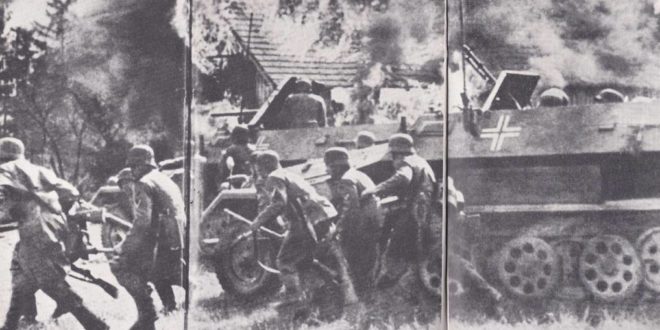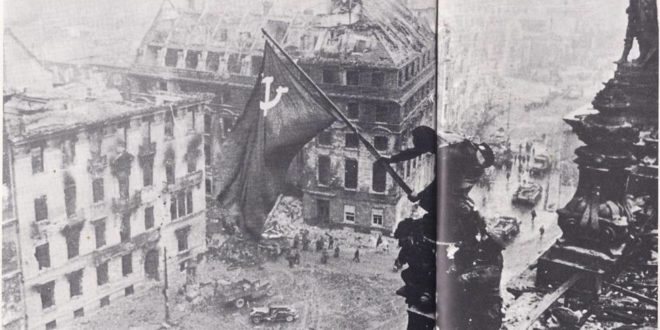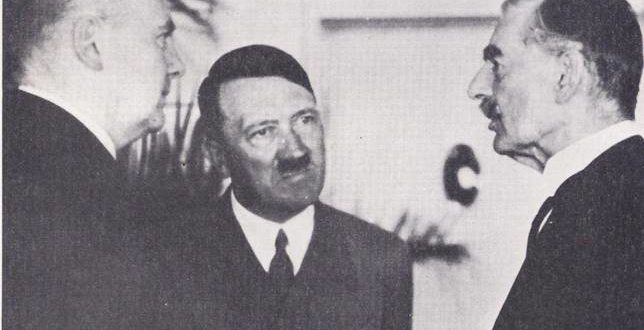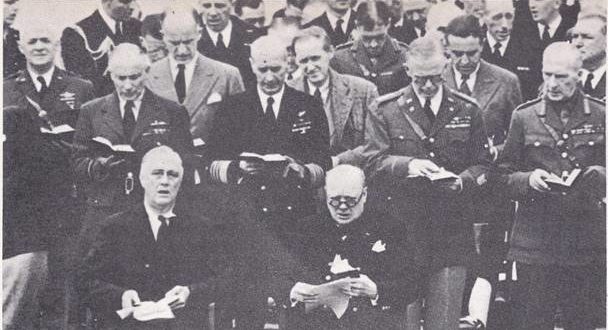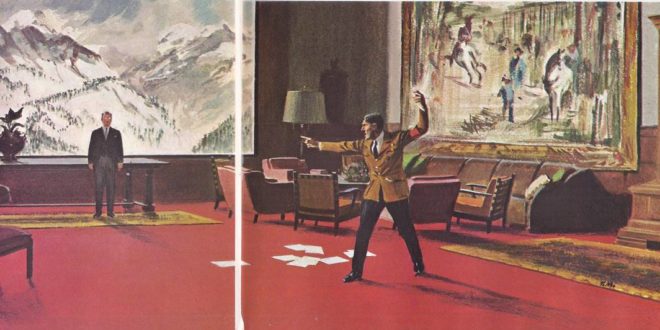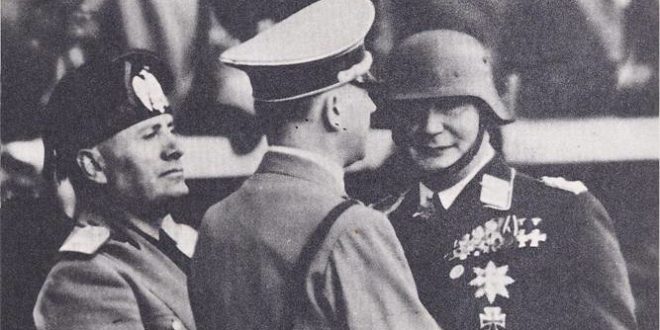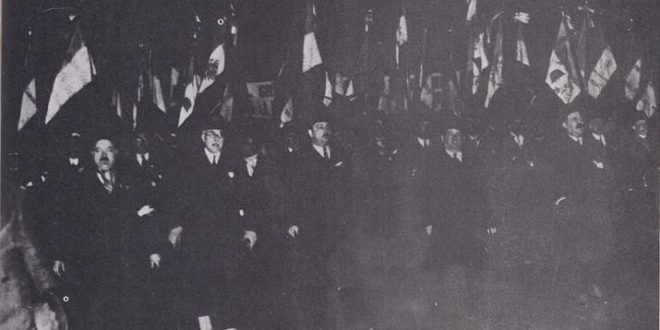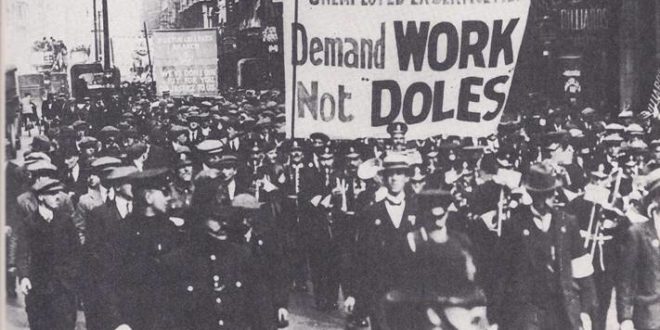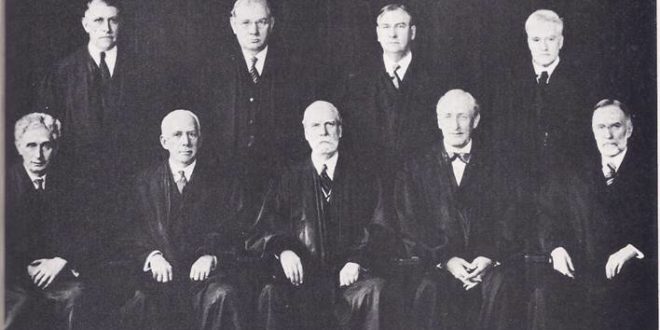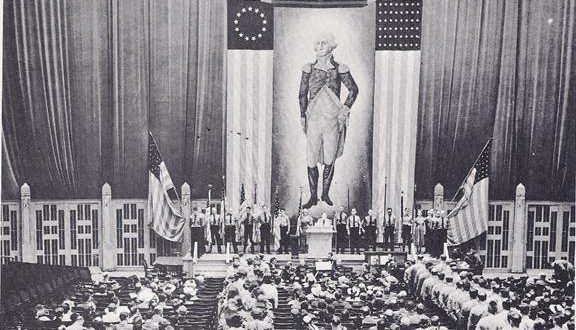On June 25, 1940, the Japanese war minister said, “The present international situation is developing in a manner advantageous to Japan’s national policy. We should not miss the present opportunity. . . Japan’s national policy was scarcely a secret. It had already linked itself by treaty to the aggressor nations of Germany and Italy – for several years it had been fighting an undeclared war against China. Although Chinese guerrilla forces were fighting back the Japanese controlled most of the Chinese railroads and held such cities as Peiping, Shanghai and Canton. They planned to establish something they called the “Greater East Asia Co-Prosperity Sphere” –actually a vast empire that would take in the South Seas as well as East Asia, an empire ruled by the Japanese. In July of 1941, as another step in carrying out their plan, they occupied Indochina. In trying to build up its new empire, however, Japan ran into certain difficulties. The Chinese, led by Chiang K’ai-shek were getting more and more aid from the United States and Britain. Even more important, Japan depended on trade with the United States and Britain for its war materials, especially scrap metal and oil. It was a serious blow when, in 1941, the United States and Britain “froze” all Japanese assets in the two countries, bringing trade to a stop. The Netherlands East Indies, which had been supplying oil to Japan, soon took the same action. In October, General Hideki Tojo became premier of Japan and the militarists were in full control of the government. Tojo sent a special envoy to Washington to negotiate with the United States. Japan demanded, among other things, that the United States stop all aid to China and again trade freely with Japan. The United States insisted that Japan withdraw its forces from China …
Read More »